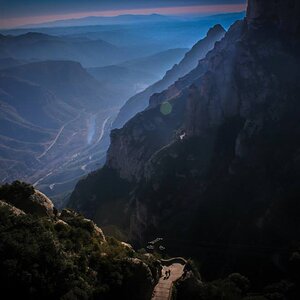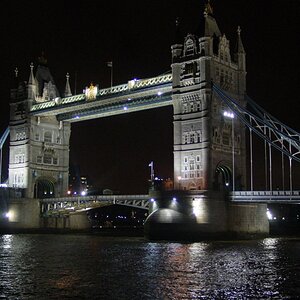bnz506
TPF Noob!
I know people have their opinions about HDRs, some like and some dont. Although ive gotten bored with HDRs lately I still love the technique and hope to master it. I discovered (through a flicker search) a group of people who make "realistic" looking HDRs. I think these pictures look EXCELLENT and I really want to master this style of HDRs. Here is my first attempt.
"HDR" looking HDR:

My first "realistic" looking HDR attempt" (comment, Opinion feelings please?)

The original file:

Another "realistic" HDR attempt technically my first attempt)
technically my first attempt)
My mommy and gramp paw after some delicious
and gramp paw after some delicious  Dim Sum in 8th ave Brooklyn, NY.
Dim Sum in 8th ave Brooklyn, NY.

"HDR" looking HDR:

My first "realistic" looking HDR attempt" (comment, Opinion feelings please?)

The original file:

Another "realistic" HDR attempt
My mommy
 Dim Sum in 8th ave Brooklyn, NY.
Dim Sum in 8th ave Brooklyn, NY.




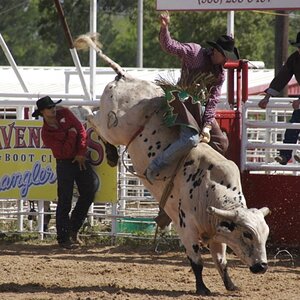
![[No title]](/data/xfmg/thumbnail/38/38738-7933157d1b8968c986eeeab2d1828524.jpg?1619738703)
![[No title]](/data/xfmg/thumbnail/41/41818-fb8293ceb208cab396fce9a587bbe37b.jpg?1619739903)
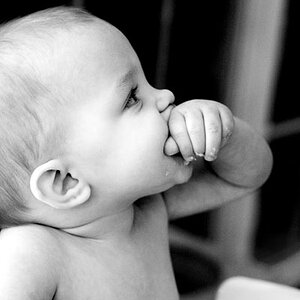

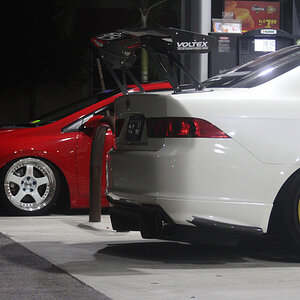
![[No title]](/data/xfmg/thumbnail/38/38739-1ad36a46750bafbe805f009b4453e8be.jpg?1619738703)
